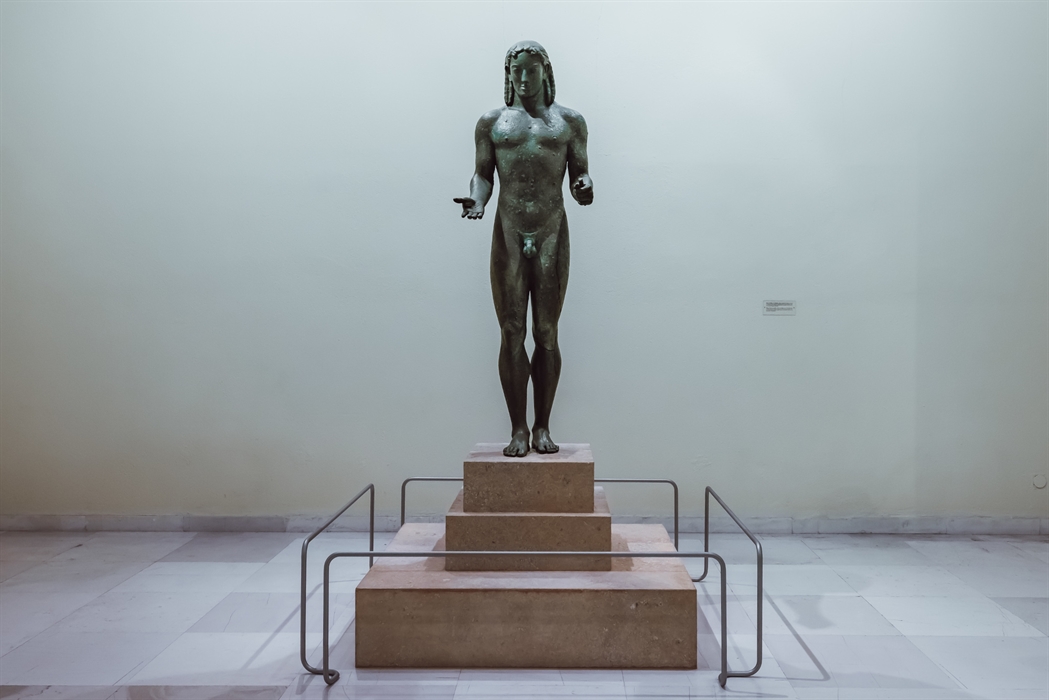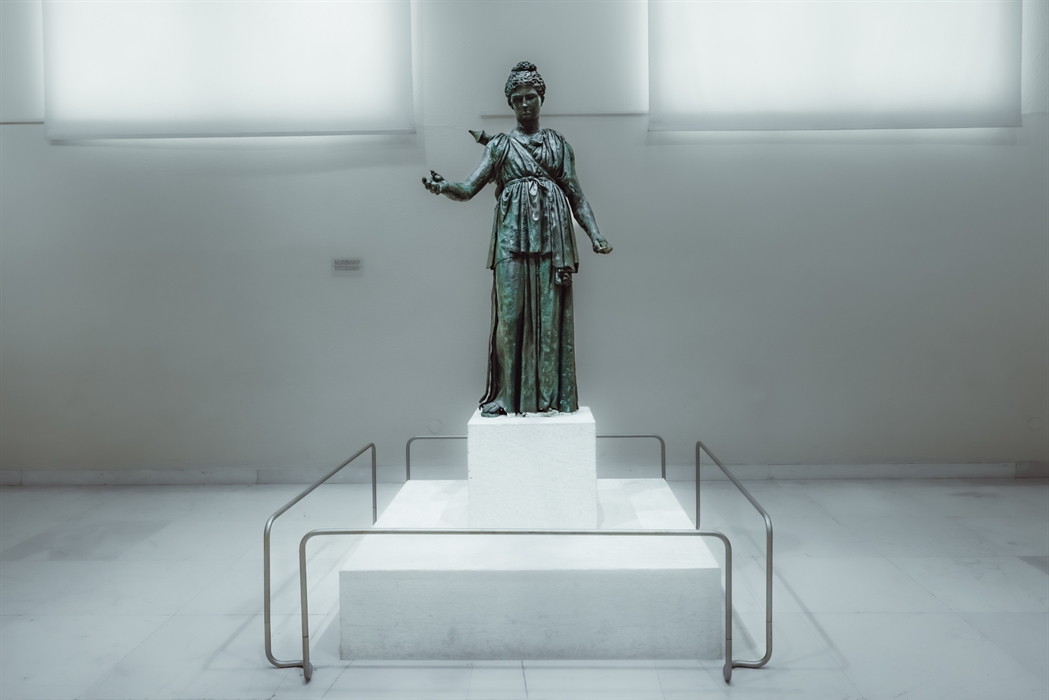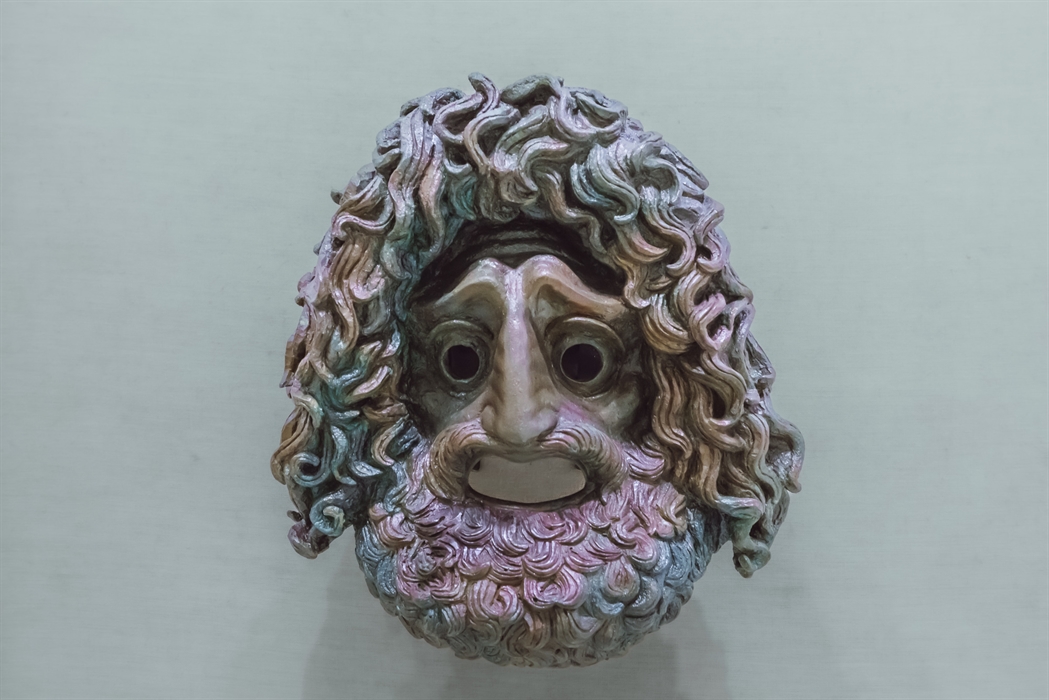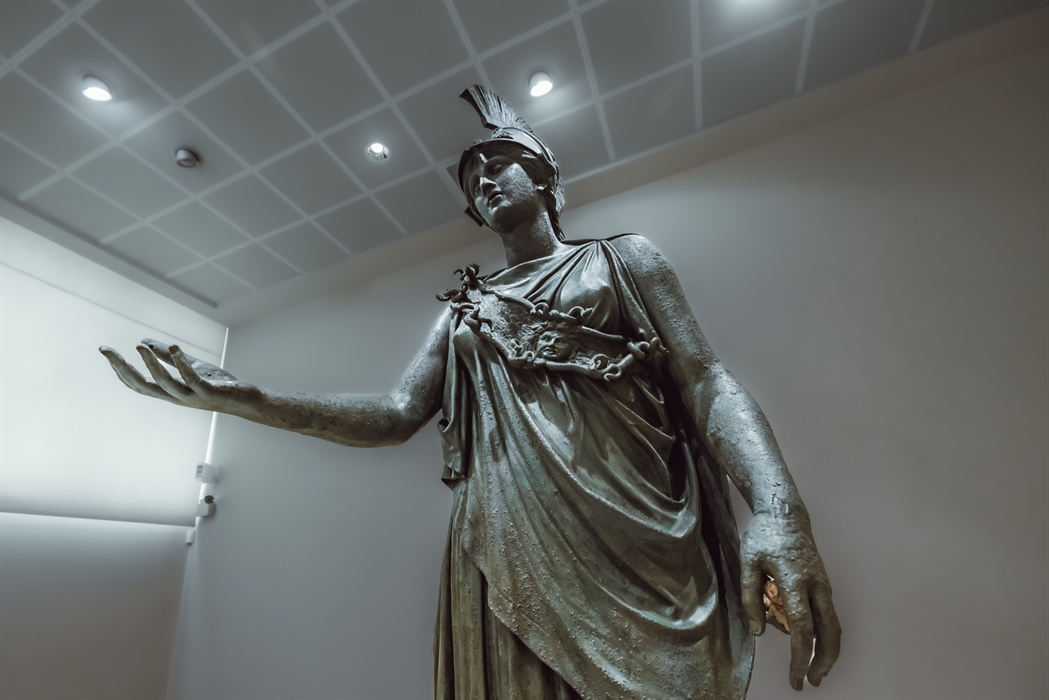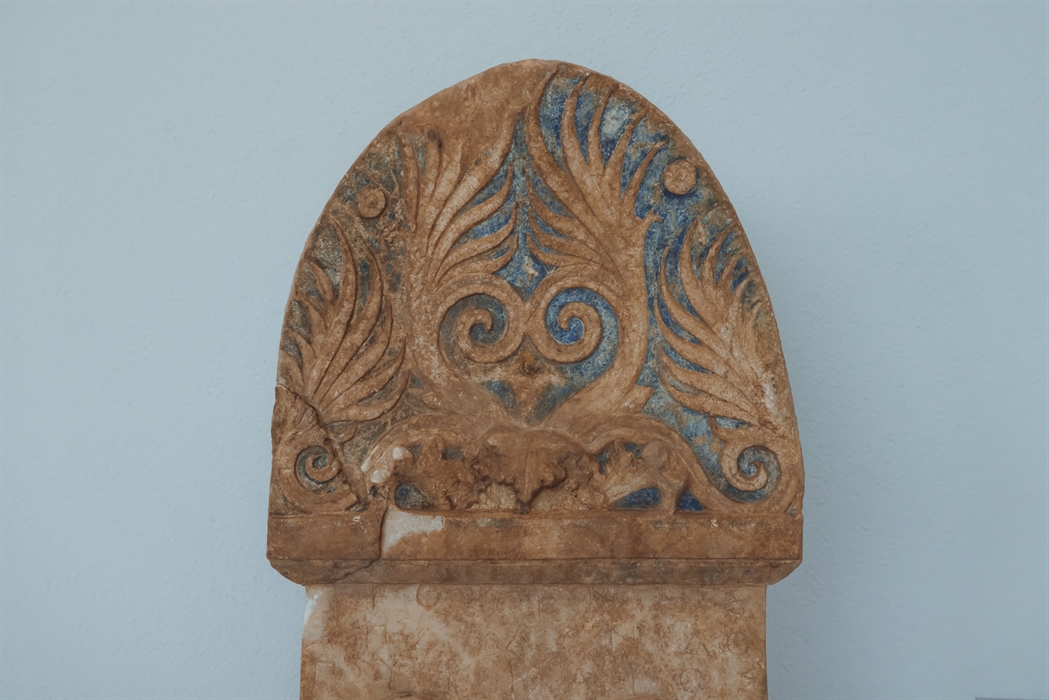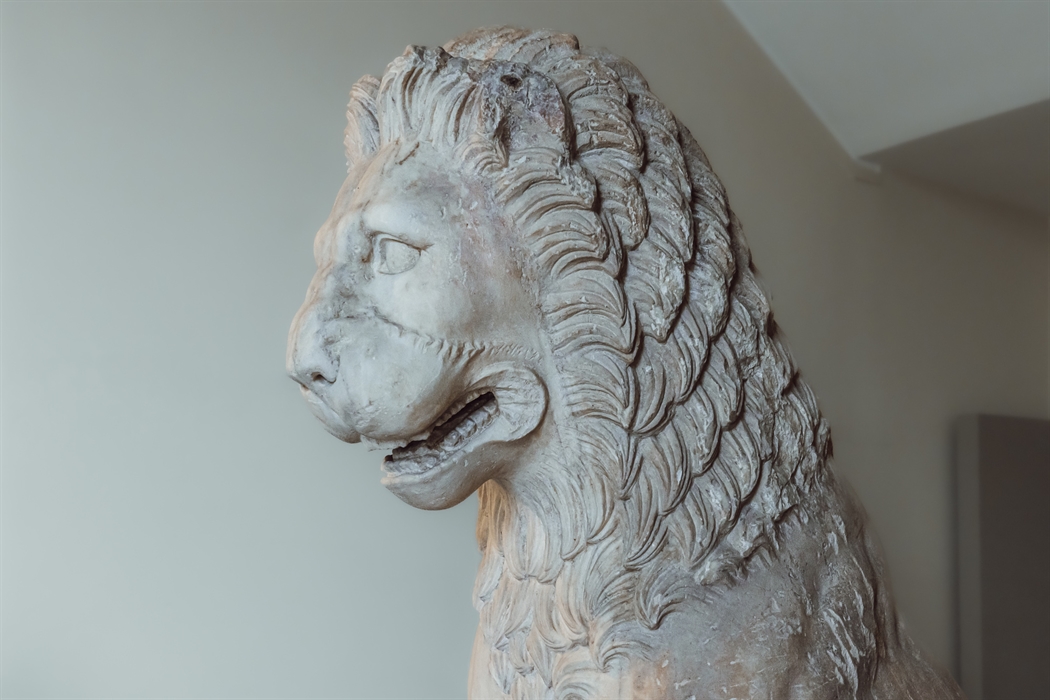The collections of this museum will offer you a representative image of the city's history, which experienced a great heyday in antiquity, serving as a major trading center in the Eastern Mediterranean and a naval base of ancient Athens. The three-story museum was designed in 1960 and inaugurated in 1966.
Start your visit at the Zea Theater, located within the precinct, which dates back to the Hellenistic period. As you'll notice, it bears several similarities to the Dionysus Theater at the foot of the Acropolis, though it is more recent. Constructed in the 2nd century BCE with stone from the Piraeus peninsula, the foundations of the stage, backstage, orchestra, and some seating have been revealed. In the museum's outdoor space, you will see a collection of sculptures.
Are you ready to enter the museum's interior? The exhibits cover significant moments in the history of Piraeus, the Attica municipalities, and the Argosaronic Islands from the Mycenaean to the Roman era. They represent the unique characteristics, population composition, and history of the city.
You will need some time, as the exhibition spaces span 10 rooms on two floors (1,044 square meters).
The collections mainly consist of artifacts from excavations or chance finds and ancient traditions. They have been enriched by donations from private collections.
Some of the objects are particularly rare. Look for the famous bronze statues, the impressive monument of Kallithea, idols from the Minoan Sanctuary on Kythira and the Mycenaean Sanctuary of Methana. Also, the oldest preserved cast bronze statue in the Hellenic area, a statue dedicated to the god Apollo, two Artemis statues, one of Athena, and a tragic theatrical mask, all made of bronze in the 4th century BCE. In the same room, you will find the marble lion from Moschato, which was a votive offering, and the funerary monument of Nikeratos.
Maritime exhibits. In the foyer of the Archaeological Museum, there is a section titled "Piraeus as a Naval Base and Commercial Center," featuring exhibits related to the commercial and military function of the ancient city. The first part includes interesting artifacts from the economic life of the ancient market, mainly related to the activities of market overseers and measurers. Notable items include a metrological relief from Salamis, a liquid measure, and a market overseers' catalog. The military character of the ancient port is demonstrated by objects related to warships, such as a rare bronze trident, a marble eye of a trireme, and a stone anchor discovered at Zea.
Information…
Address: 31 Charilaou Trikoupi Street, Piraeus.
Tel: 210 4521598, 210 4590731. Summer hours (Tuesday to Sunday, 08:30 to 15:30, closed on Mondays).
You can find more information here.
Maps and diagrams at the museum entrance provide information about the archaeological sites in Piraeus.
You can find detailed information about the exhibits on the official website of the Ministry of Culture at odysseus.culture.gr.
In the basement of the Archaeological Museum, there are workshops for the conservation of clay, metal, and stone objects, as well as a storage area with many more archaeological finds.
Location
Find the destination on the interactive map below.
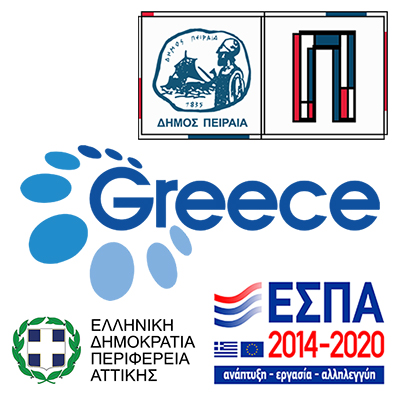

Get in touch with us
For any question
Municipality of Piraeus / Department of Tourism, Region of Attica, Greece
Designed and created by ...


